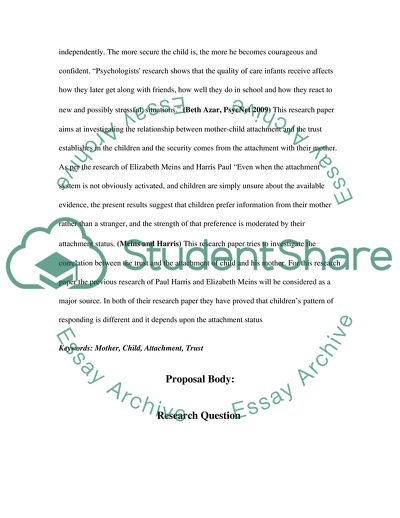Cite this document
(Trust in Relation to the Attachment Levels of Child and Mother Relatio Research Paper, n.d.)
Trust in Relation to the Attachment Levels of Child and Mother Relatio Research Paper. https://studentshare.org/psychology/1729068-trust-in-relation-to-the-attachment-levels-of-child-and-mother-relationship
Trust in Relation to the Attachment Levels of Child and Mother Relatio Research Paper. https://studentshare.org/psychology/1729068-trust-in-relation-to-the-attachment-levels-of-child-and-mother-relationship
(Trust in Relation to the Attachment Levels of Child and Mother Relatio Research Paper)
Trust in Relation to the Attachment Levels of Child and Mother Relatio Research Paper. https://studentshare.org/psychology/1729068-trust-in-relation-to-the-attachment-levels-of-child-and-mother-relationship.
Trust in Relation to the Attachment Levels of Child and Mother Relatio Research Paper. https://studentshare.org/psychology/1729068-trust-in-relation-to-the-attachment-levels-of-child-and-mother-relationship.
“Trust in Relation to the Attachment Levels of Child and Mother Relatio Research Paper”. https://studentshare.org/psychology/1729068-trust-in-relation-to-the-attachment-levels-of-child-and-mother-relationship.


